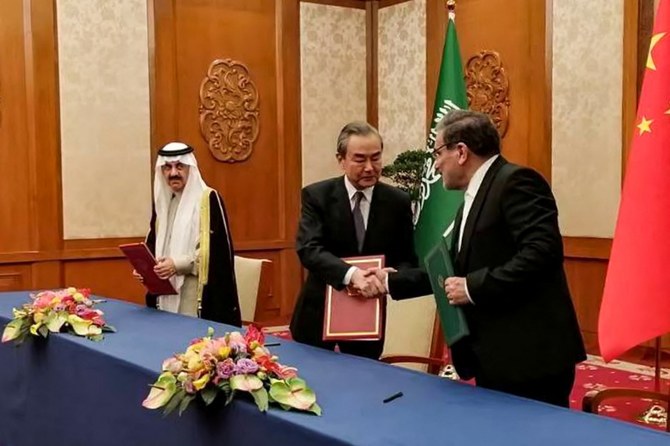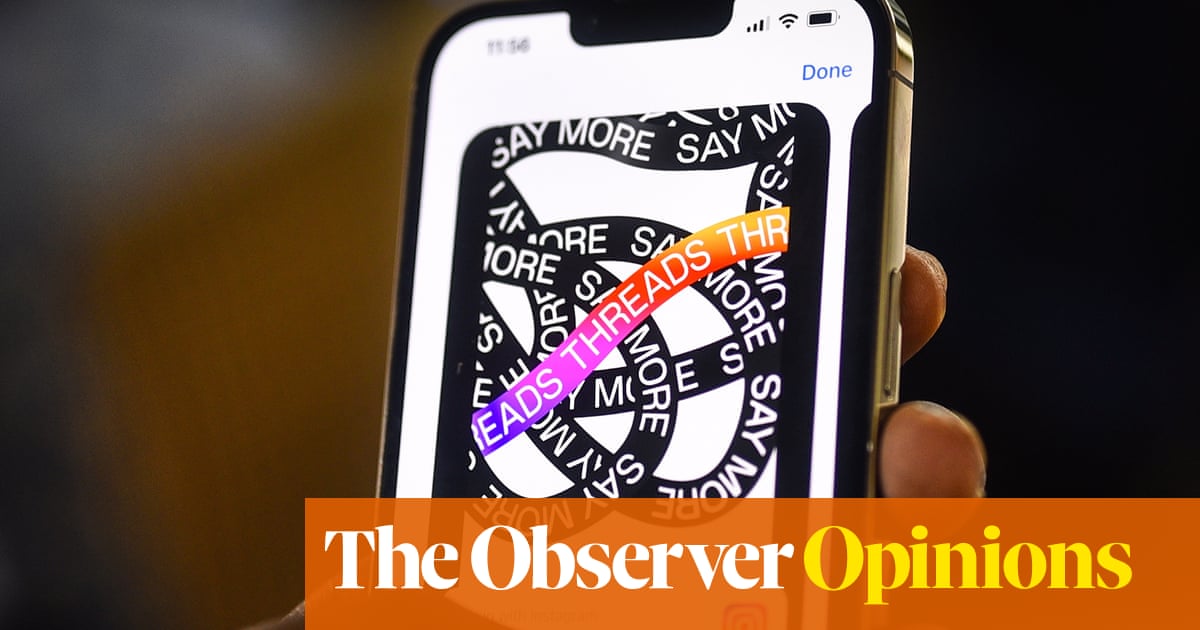
On July 15, 2021, the international sovereign rating agency Fitch Ratings revised its outlook on Saudi Arabia’s long-term foreign currency Issuer Default Rating (IDR) to “stable” from “negative,” and affirmed the IDR at “A,” with a positive implication for a reduction in both Saudi Arabia’s international and domestic capital market bond issuing pricing premiums.
This good news had been widely expected due to the various fiscal consolidation measures adopted by Saudi Arabia and higher oil revenues. According to Fitch, the Saudi government will retain significant fiscal buffers, despite sharp drawdowns since peak in reserves in 2014, with deposits at Saudi Central Bank (SAMA) in excess of 10 percent of the GDP. However, oil dependence and vulnerability to geopolitical shocks constrain the rating according to Fitch, but it highlighted the recent non-oil fiscal measures adopted by Saudi Arabia to reduce oil revenue dependency.
The widening of the 2020 budget deficit to 11.2 percent of GDP was, according to Fitch, less severe than during the 2015-16 oil price slide owing to fiscal reforms, especially the tripling of the VAT rate to 15 percent in July 2020; raising of customs duties, and emphasis on reprioritized government spending. This resulted in total spending only 5 percent above budget because of some capex reductions and suspension of the cost of living allowance, resulting in non-oil revenue rising to 18.5 percent of non-oil GDP from less than 10 percent in 2015.
Fiscal discipline is a key parameter going forward, and according to Fitch, the forecasted budget deficit will narrow to 3.3 percent of GDP in 2021, better than the 4.9 percent budget target. This is a somewhat overly conservative forecast as Fitch is assuming an oil price average of $63 per barrel, which is up 46 percent from 2020, when current oil prices are at the $72-75 per barrel, with some investment banks forecasting $80 per barrel or higher by year end 2021 due to renewed global economic recovery and drawdown of oil reserves in key consuming countries. This is far higher than the Kingdom’s estimated fiscal breakeven oil price of around $64 per barrel. The downside of higher oil prices is that fiscal reform momentum might slow down, but so far there is no evidence of this happening, with the possible exception at revisiting support measures to the most lowly paid nationals through the citizen’s account.
Bearing in mind the overall positive sovereign credit rating of “A” for its IDR, the Kingdom as well as Saudi Aramco have not been shy in tapping the international capital markets for both medium and long-term debt tranches as long as 40 years to stagger principal repayments and manage interest payments.
Dr. Mohamed Ramady
The issue of rising government debt and how it is managed will continue to be important for any future positive rating upgrades, with Fitch forecasting debt to reach 35 percent of GDP by end 2023, partly financed by drawdown in government reserves. The exceptional fall in Saudi Arabia’s US Treasury bill holdings of $25.3 billion in March 2020 and $33.8 billion in April 2020 were extraordinary events due to the coronavirus disease (COVID-19) pandemic and the economic stimulus measures adopted not only by Saudi Arabia but by all major economies during this period. Bearing in mind the overall positive sovereign credit rating of “A” for its IDR, the Kingdom as well as Saudi Aramco have not been shy in tapping the international capital markets for both medium and long-term debt tranches as long as 40 years to stagger principal repayments and manage interest payments.
Such actions, and reduced depletions of central bank assets, will ensure, according to Fitch, that Saudi Arabia’s external finances remain formidable and increase to $470 billion in 2022-23 as the current account returns to surplus, and as public institutions such as the Public Investment Fund (PIF) invest less abroad and more domestically generating a local economy money multiplier.
According to Fitch, Saudi Arabia has one of the highest reserve coverage ratios amongst Fitch-rated sovereigns at more than 20 months of current external payments. A note of caution is raised however by Fitch concerning a shift in the focus of public sector spending outside the budget and potential for higher debt of state-owned entities such as the PIF and Aramco, as the PIF’s announced 2021-2025 strategy includes SR150 billion or 5 percent of the GDP in annual spending, with Fitch estimating the level of state owned institutions debt reaching about 23 percent of the GDP in 2020, excluding banks.
Again, this assessment is somewhat pessimistic as it does not take into account the productivity and revenue flow back to the state from such investments, which are forecast to rise to around 7 percent from 2 percent levels and create 1.8 million jobs by 2025, which are a central drive to Saudi Vision 2030 realization.
In their rating summary, Fitch highlighted both positive and negative factors that could affect future ratings, both upgrades and downgrades. Among the positive factors were continuing fiscal consolidation that accelerates progress towards sustainable fiscal balance, including lower break-even oil prices, as well as continuing improvement in Saudi Arabia’s external finance position.
The negative factors unsurprisingly touched upon the same factors, except their deterioration as well as adding an element for major escalation of geopolitical tensions that affects key economic infrastructure, like the attacks on Saudi Aramco assets and continuing Houthi attacks on Saudi energy assets, however ineffective. In mitigation, the ongoing Yemen peace talks could remove this threat, while a possible positive outcome between the US and Iran concerning the Joint Comprehensive Plan of Action and sanctions removal could reduce geopolitical tensions.
In line with other rating agencies, Fitch also carries out sovereign ESG (environment and social governance) assessments by providing scores against certain benchmarks by issuing multiple regression rating models that employ 18 variables on a three-year centered average. Some are quantifiable while others are forward looking qualitative and subjective assumptions such as political stability and rights, rule of law, institutional and regulatory quality and control of corruption.
This sovereign rating ESG methodology is used by academic researchers, where both quantitative and qualitative factors are assessed, the latter sometimes throwing up some interesting questioning of the methodology.
For example, all countries irrespective of their political structure have passed laws, but assigning a rating for this law and order component is somewhat not meaningful if this element also does not take into account citizen’s willingness to accept and implement national laws. Fitch assigned a rating of “5” for political stability and rights and a higher “5+” for rule of law, institutional and regulatory quality and control of corruption, with a “4” assigned for human rights and political freedoms, but a higher “4+” for creditor rights as willingness to service and repay debt, as the Kingdom has a track record of over 20 years without restructuring of public debt. Other positive Fitch rating drivers were limited institutional constraints on restricting international trade and financial flows, a high degree of economic integration in the global economy, low and stable inflation and a credible exchange rate regime.
In summary, the Fitch revision to “stable” from “negative” seems to have been somewhat overdue, and given the positive measures being addressed by the Saudi government, a further “positive” upgrade is expected. Should this materialize in the next rating review, the benefits are clear: It will further reduce the overall cost of future international borrowing by making Saudi sovereign risk more attractive and reduce the Kingdom’s repayment burden. As they say, watch this space.
• Dr. Mohamed Ramady is a former senior banker and Professor of Finance and Economics, King Fahd University of Petroleum and Minerals, Dhahran.
Disclaimer: Views expressed by writers in this section are their own and do not necessarily reflect Arab News" point-of-view












